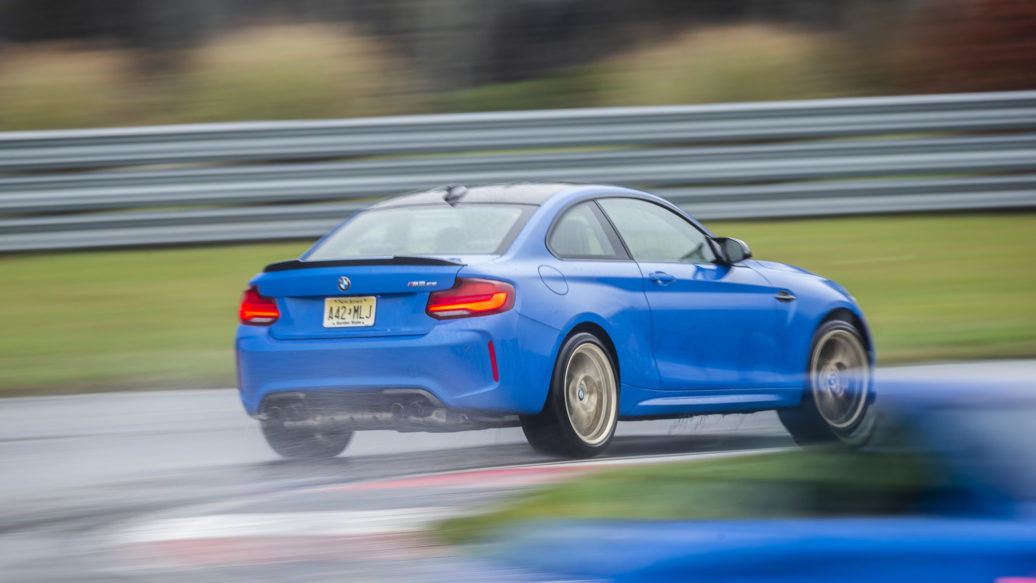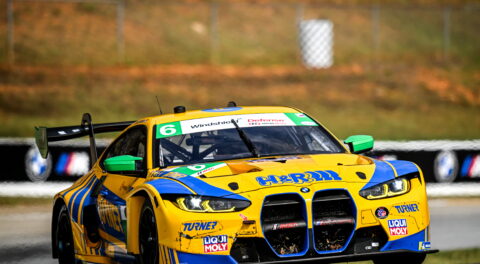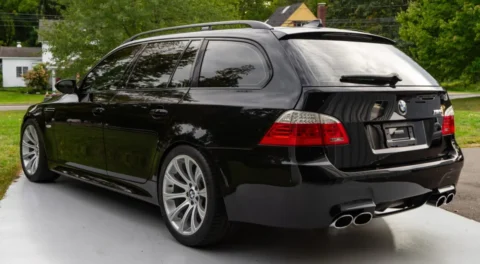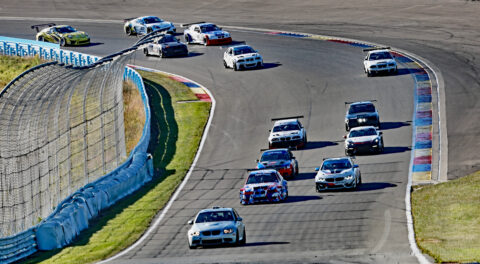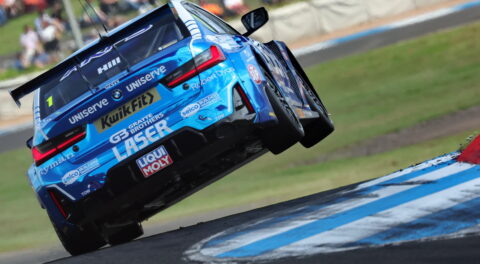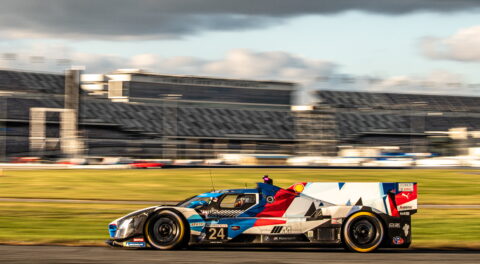Car and Driver recently published its instrumented test of a DCT-equipped M2 CS, and the magazine is calling the limited-production model an “automatic classic” in the headline. You probably already knew the M2 CS was going to be something special when it was announced in 2019, and one of the main highlights of the juiced-up, lightweight sports coupe was the fact that you could order one with a six-speed manual transmission. Never mind the fact that drivers and journalists alike have been suggesting that BMW M cars have been more suited to automatic transmissions dating back to the days of the 8,400-rpm S65 V8 of the E9X M3; it’s about the driving experience, and few things compare to executing a rev-match downshift ahead of a nicely cambered turn.
The preference of an automatic or manual transmission (if you still have a choice, that is) typically comes down to one’s own comfort level, while the automatic tends to come with the distinct—yet rarely used—benefit of shaving ever-precious fractions of a second off lap times. It’s been true of just about any car you can still purchase with a manual, with the rare exception of the M2 Competition, which is ever so slightly faster with three pedals.
With the M2 CS, the rightful order of things has been restored, and there’s a clear performance differential between the stick and DCT that stretches to nearly a full second in one of the most important metrics.
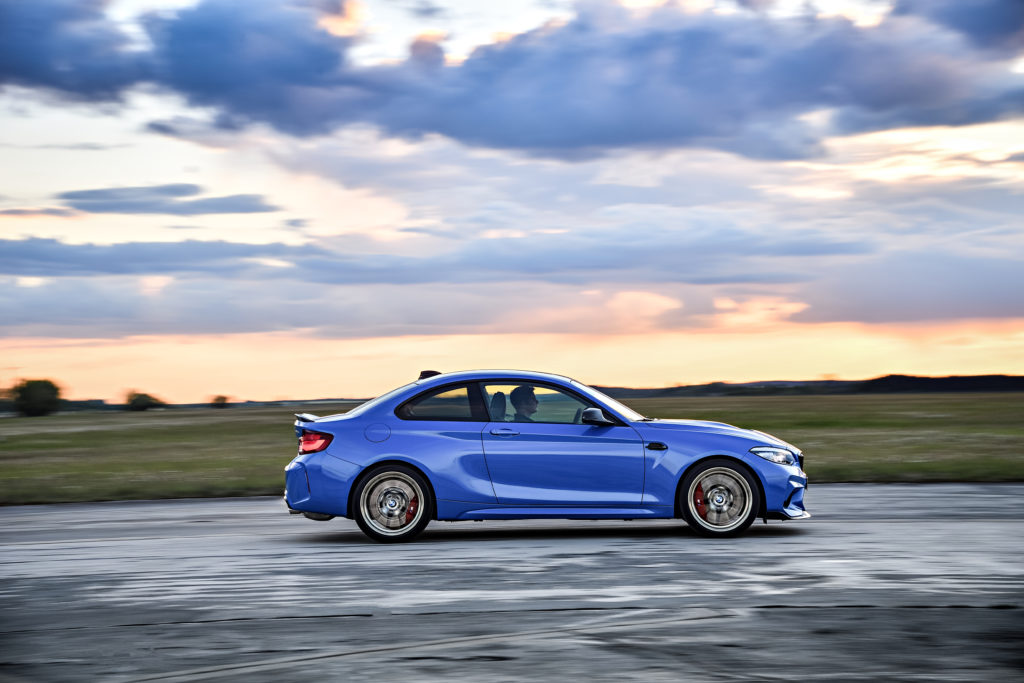
According to Car and Driver, the DCT M2 CS can accelerate from zero to 60 mph in 3.6 seconds, hits 100 mph in eight seconds flat, and covers the quarter-mile in 11.8 seconds at 122 mph. The five-to-60 mph rolling start takes just 3.9 seconds, and curb weight was measured at 3,533 pounds. Compare that to the six-speed M2 CS, which has a zero-to-60 time of 3.9 seconds, reaches 100 mph in 8.5 seconds, and completes the quarter-mile in 12.1 seconds at 120 mph. Curb weight of 3,489 pounds is 44 less than the DCT M2, but the five-to-60 mph rolling start is where things really open up, and the six-speed M2 lags eight tenths of a second behind its DCT counterpart, at 4.7 seconds. BMW’s DCT transmissions have longer gearing than they’re manual counterparts as as well, but fifth is a direct-drive ratio on both.
Like we explained above, making the choice between a manual transmission and an automatic in truly in the eye of the beholder, or perhaps the individual with their foot on the clutch and their hand on the shifter. The numbers are just that—numbers—and few of us are likely to regularly push our cars to such limits, but the test results of one of BMW’s most compelling current models stand as a testament to modern technology, and just how dedicated some of us remain to the driving experience.
More than anything, we’re simply pleased that BMW still offers a manual transmission in models like the M2 CS and the current M3 and M4.—Alex Tock
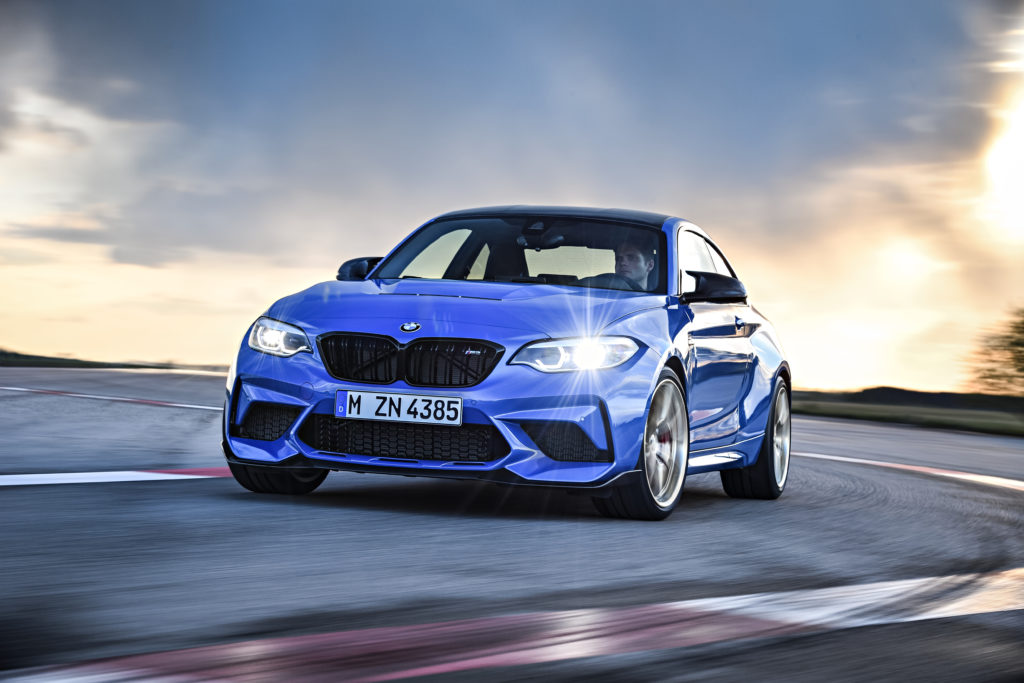
[Photos courtesy BMW AG.]

